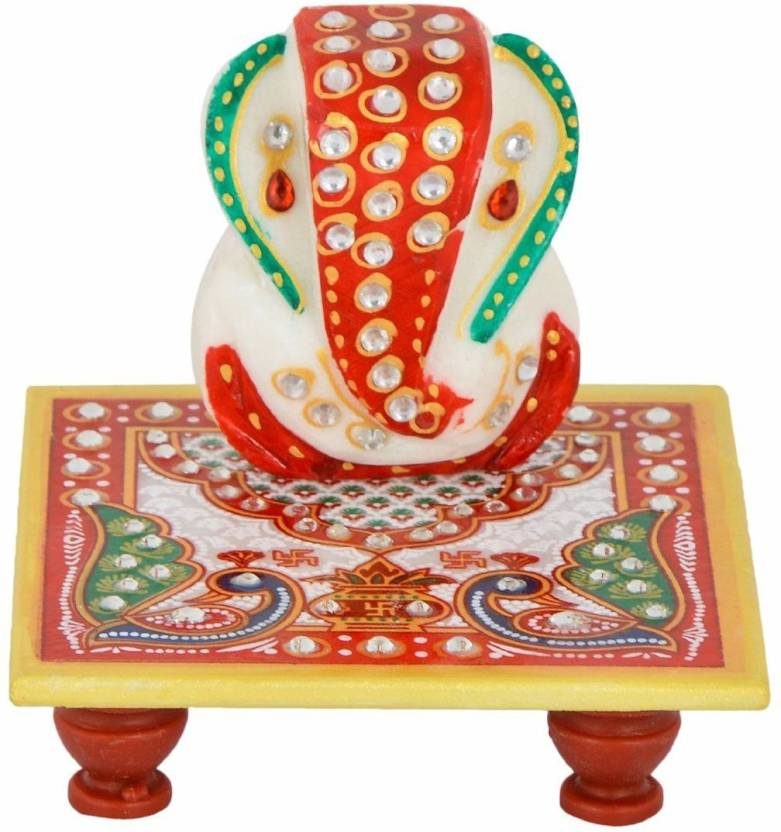Description
Sabudana is a food item. It is white and round like small pearls. It is made from the stem of a tree named Sago Palm. Sago is a palm-like plant. It is basically a plant of Eastern Africa. After cooking, it becomes light, transparent, soft and spongy from the non-transparent.
In India, sago is mostly used in making papad, kheer and khichadi. It is also used to thicken soup and other things. When people fast in Maharashtra, they eat sago after eating during fasting.
Sabudana was first produced in India in Salem of Tamilnadu. In about 1943-44 it was produced in India as a cottage industry. Initially, by tapping the roots of tapiaka, it used to filter its milk and allow it to freeze. Then he used to make small small tablets and take them.
India is in advanced countries in the production of Tapiaka. About 700 units are located in Salem. Sabudana contains the prominence of carbohydrate and contains some amounts of calcium and vitamin C.
Many varieties of sago are available in the market. If the quality of their making is different then their names change and properties change otherwise it is of the same type, the rarot is also a product of this.
Introduction [edit]
Sabadana tapioca-sago is a processed, cooked, edible product. The only raw material for the production of Sabudana is “Tapioca Route”, which is known internationally as “Cassava”. During infants and sick persons (vrata-upawas), Sabadhana is considered an acceptable form of nutrition. In some ways (boiled with sweet milk “Kheer”) or in a variety of dishes such as dhichadi, vada, bonda (mixed with potato, hornseed, rock salt, pepper or green chillies) etc or desserts Is used for. Sabudana is a production made from Tapioca-Root (cassava), whose botanical name is “Manihot Esculenta Crantz Options Utilissima”.
This is very similar to Sabadana]. Both are usually small (approximately 2 mm in diameter) in the form of dry, opaque grains. Both (if very pure) are in white color. When soaked and cooked, then both soft and spongy, very large transparent grains are formed. Both are widely used worldwide in making puddings.
Sabadhana in Hindi, generally in India; , ‘Tapioca globule’ or ‘sagu’ in Tepioka globule or sagu; ‘Sabudana’ sabudana in Gujarati; And Sabadhana in Marathi; ‘,’ Javvarisi ‘in Tamil; சாகோவில்; ‘Kappa Sagu’ in Malayalam, കപ്പ സാഗൊ; ‘Sabbakki’ in Kannada; ಸಾಬುದಾನ; ‘Saggubeeyam’ in Telugu; బయ్యం; In Urdu ‘sagudan-‘ ساگودانه; Is called. In some places it is also known as ‘Tapioca Sabudana’ or ‘Tapioca Globules’. Tapioca] and ‘tapioca-root (Cassava cassava)]’ have different meanings. “Tapioca” is a product to be extracted from Cassava (Manihot Esculenta). Cassava starch is called tapioca. This is derived from the word “Tupi”, taken from the Portuguese word tipi’óka. Which means cassava shows the process of food made from starch. In India, the word “tapioca-root” is used only for cassava tubers and the word ‘tapioca’ represents for roasted or sachets of starch in a special shape derived from cassava.
The origins of cassava or manioc plants originate in South America. Amazon residents used cassava with rice / potatoes / corn or in addition to it. Portuguese explorers started cassava in Africa through their trade with African beaches and surrounding islands. Tapioca-root is the basic raw material for sabudana and starch. Tapioca came to India during the later part of the 19th century. It grew mainly in the states of Kerala, Andhra Pradesh, and Tamilnadu in the 1940s, when the methods of starch and sago produced from tapioca started in India. First of all, it was dealt with manually by hand and later indigenous production methods. It is a very nutritious product with enough amount of carbohydrate and calcium and vitamin C. In India, in 1943-44, the first production of Sabudana began on a very small scale, by taking milk from the roots of tapioca, filtering and grinding grains and becoming a cottage industry. In India, Sabudana was first prepared in Salem of Tamil Nadu State. Indian tapioca-root typically contains 30% to 35% starch content. India is currently one of the leading countries in the production of tapioca-root. About 650-700 units are engaged in processing tapioca in the Salem district of the state of Tamil Nadu.












Reviews
There are no reviews yet.